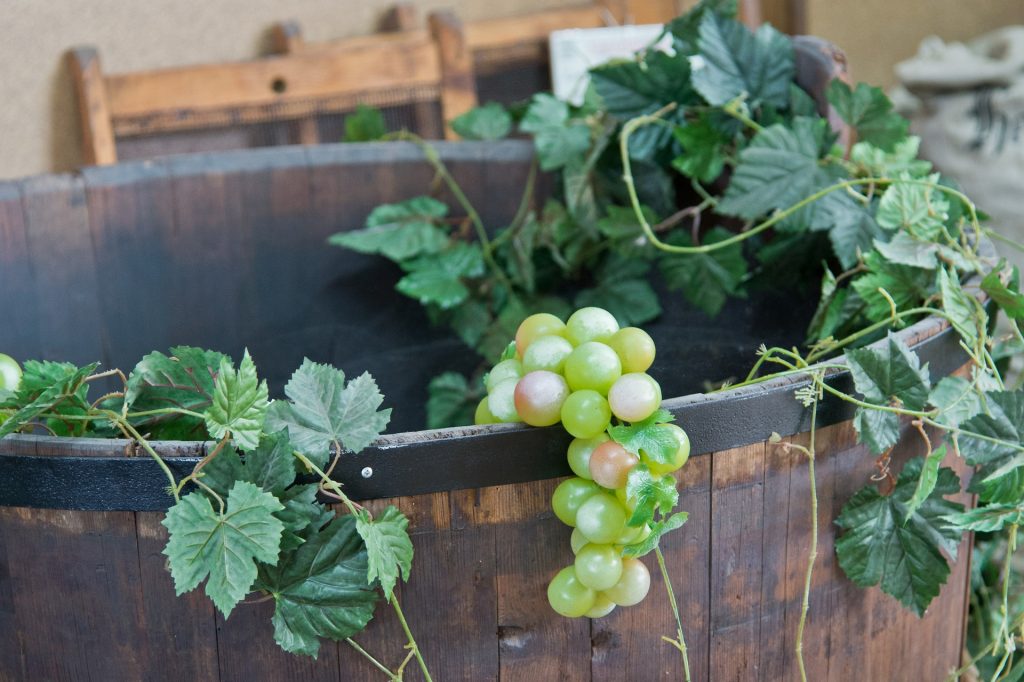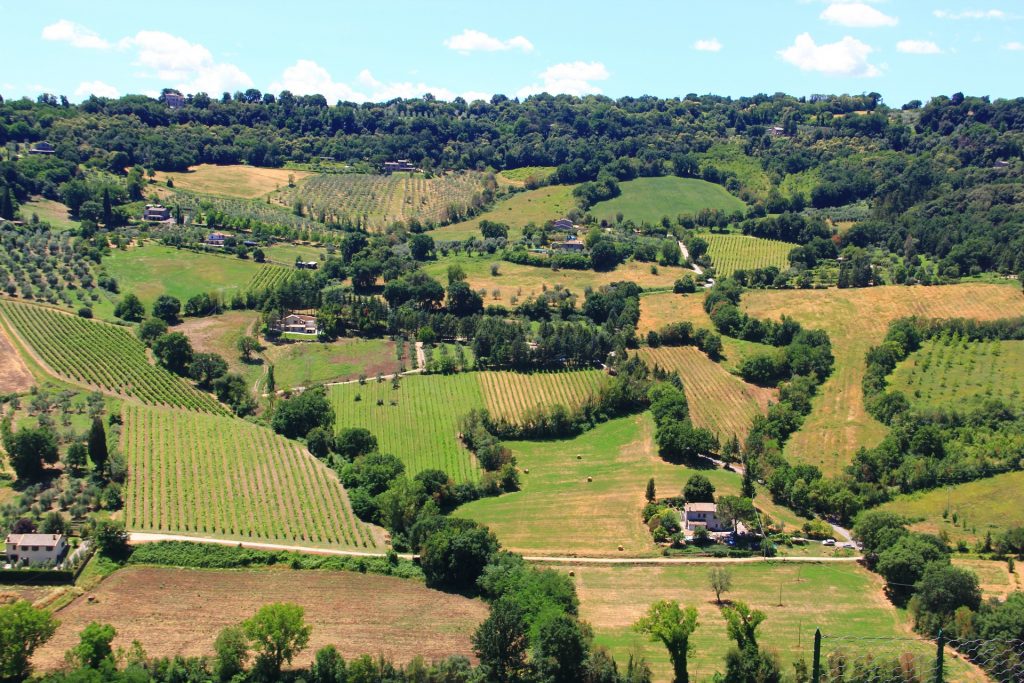The typical wines of Umbria
Umbria is often called the “Green Heart of Italy” thanks to its special geographical position and to its territory that alternates uncontaminated areas with others densely cultivated.
During a trip to discover the marvellous nature of Umbria, it is possible to admire mountains, highlands, valleys, plains and hills covered by lush vineyards.
The specific conformation of the Umbrian territory and its climate characterized by mild winters and hot and dry summers have favoured a wine production of excellent quality, whose origins date back to the remotest times.
During a break in Umbria, it is possible to taste some of the best Italian wines and discover their history and characteristics. In fact, many wine bars, restaurants and hotels offer wine tastings accompanied by typical products of the territory.

Umbrian wine, from antiquity to the present day
The wine-making vocation of Umbria was known for 3000 years and during the Roman Period, important authors as Pliny the Elder and Martial praised the quality of Umbrian wines in their works.
In the Renaissance, the prestige of these wines had increased to such an extent that several artists required that part of the compensation for their works should be paid in “good wine” produced in the Orvieto area.
So, tasting Umbrian wine means have the exceptional opportunity to appreciate a flavour known by the ancients that has reached the present day thanks to the perpetration of an ancient wine tradition.
Even today, Umbria is known for the production of wines that stand out for their excellent properties highlighted by the achievement of important certification.

Umbrian wine production, excellence and quality
The wine production of Umbria is divided between white wines and red wines of the highest quality which include:
- 2 Denominations of Controlled and Guaranteed Origin (D.O.C.G.), the most prestigious certification attributed to wines that have passed specific organoleptic analysis. These wines must be produced in a specific and limited area.
- 11 Denominations of Controlled Origin (D.O.C.), another important quality mark attributed only to wines coming from a specific area
- 6 Typical Geographical Indications (I.G.T.), that refers to wines produced in larger areas but according to precise quality requirements.
An interesting data that emphasizes the quality of Umbrian wine production is that over 30% of wines have obtained the D.O.C certification.
The white wines of Umbria, the Grechetto superstar
The best known Umbrian white wine is Grechetto characterized by a yellow colour, by a fresh and fruity bouquet and by a dry and bitter taste.
This wine is perfect to be paired with delicious hot appetizers and main courses of the Umbrian culinary tradition such as spaghetti with black truffles or spaghetti with rancetto made with pancetta, cherry tomatoes and pecorino.
Another important white DOC wine is Bianco di Assisi, produced in the province of Perugia and characterized by a straw yellow colour with greenish reflections, by a fresh smell and by a dry and fruity flavour. This wine, thanks to its low alcohol content, is perfect to be consumed, also, at lunch and during the warmer season.
Among the best white wines of Umbria, there is also the Bianco di Torgiano, recognizable thanks to its intense yellow colour, pleasant floral smell and dry taste. This wine goes perfectly with all dishes based on fish.
The Bianco dei Colli Amerini is, instead, a DOC wine produced in the Terni area with a delicate fruity aroma and a harmonious flavour, ideal to accompany appetizers, fish, white meats, cheeses and risottos.

The best Umbrian red wines
In Umbria, there is also an excellent production of red wines, among which Sagrantino di Montefalco stands out.
Originally, this wine was produced by a special technique that allows the grapes to be dried on the racks in order to obtain the passito wine, which is characterized by a particularly sweet taste.
Today, Sagrantino di Montefalco is more widespread in its dry version which has an intense red colour with violet reflections, a delicate smell reminiscent of blackberries and a robust and unique flavour. In general, the Sagrantino di Montefalco dry matches red meats and aged cheeses while in the passito version it is perfect to be combined with chocolate or chocolate desserts.
Another not to be missed Umbrian red wine is the Torgiano Rosso Riserva, grown in the municipality of Torgiano near Perugia. This wine has a brilliant ruby red colour and a dry and persistent taste. Generally, the Torgiano Rosso Riserva is served in combination with white and red meat roasts, poultry and cheeses.
